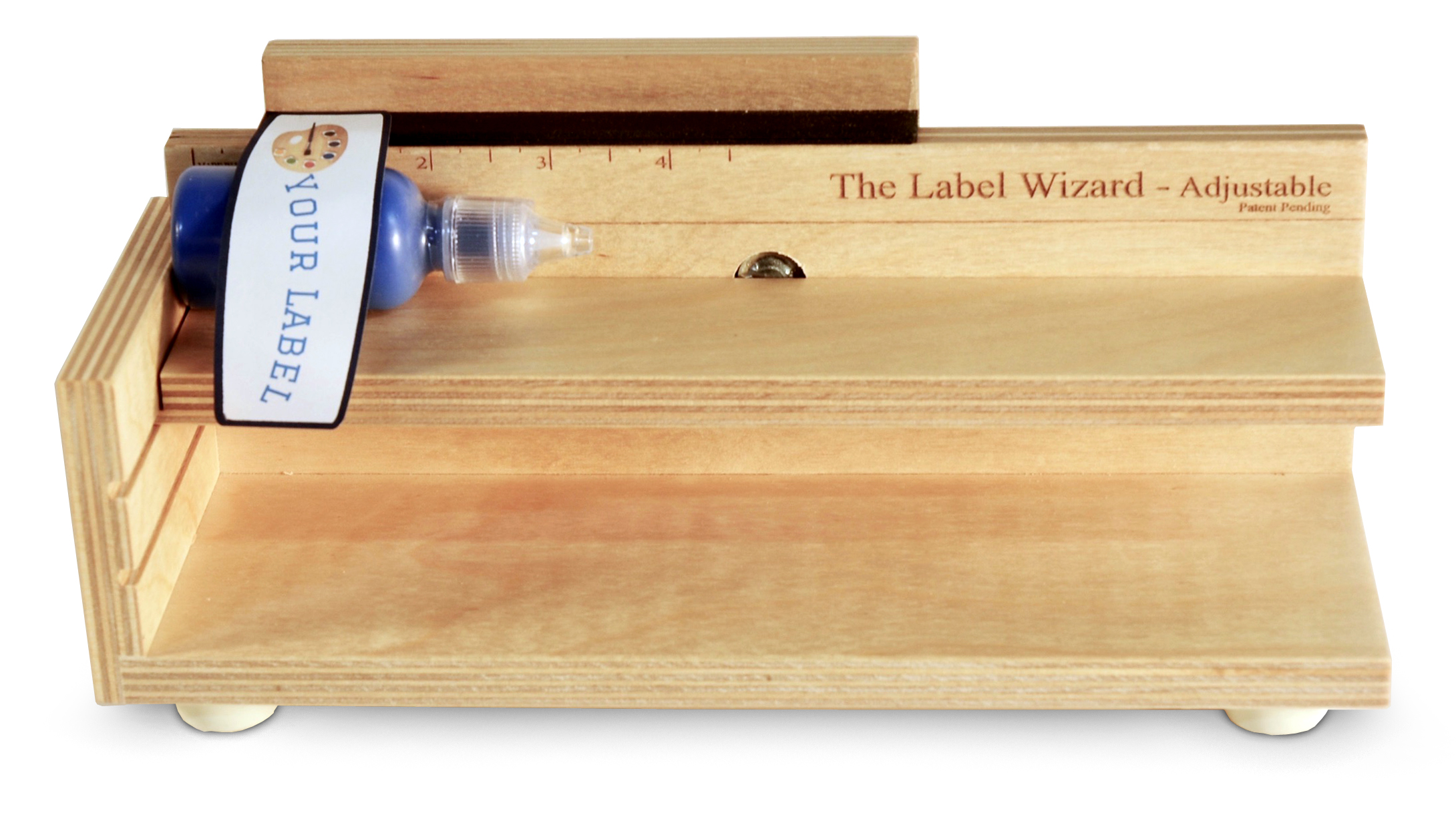

If you view the report in Report View or Layout View, Access displays all the data in a single column. Note: Print Preview is the only view in which you can see the columns as you have laid them out. If you chose Modify the label design on the last page of the Label Wizard, Access displays the label report in Design view. You can click on the label to zoom in and out, or use the zoom control on the status bar. If you chose See the labels as they will look printed on the last page of the Label Wizard, Access will display the labels in Print Preview. On the last page, enter a name for your labels, and click Finish. Choose the fields you want to sort by from the Available fields list, and double-click them to add to the Sort by box.
#Label wizard acess code
For example, you may want to sort by postal code for a large mailing. On the next page, you can choose fields on which to sort your labels. When you have the fields arranged on your label the way you want them, click Next. To open the Field List pane while the report is open in Design view, press ALT+F8. To add fields of other data types, open the label report in Design view after you have completed the Label Wizard, and then use the Field List pane to add the fields. Note: You can only add fields of the following data types by using the Label Wizard: Short Text (Text), Long Text (Memo), Number, Date/Time, Currency, Yes/No, or Attachment. This text will be the same on each label. To add other text or punctuation (for example, a comma after the city name), click to place the cursor where you want the text to appear and begin typing. To remove a field from the box, press BACKSPACE. To move between fields and lines, use the arrow keys. To add space between the fields in the Prototype label box, press SPACEBAR. On the What would you like on your mailing label page of the wizard, choose the fields you want on your labels from the Available fields list, and double-click them to add to the Prototype label box. Select the font name, size, weight and text color you want on your label, and click Next. Select Sheet feed or Continuous under Label Type and then click Next. If you have already created a custom label and you want to select it:Ĭlick Show custom label sizes, and then click the custom label you want. Measure your labels and enter the measurements in the appropriate boxes in the New Label dialog box.Įnter a name for the custom labels in the Label Name text box, choose the label type and orientation you want, and then click OK. Otherwise, try to find a product whose values in the Dimensions and Number across columns match your labels. Select your label in the What label size would you like? box. If you know the manufacturer and product number of the labels:Ĭhoose the manufacturer in the Filter by manufacturer box. On the Create tab, in the Reports group, click Labels. This is usually a table, a linked table, or a query, but you can also select a form or report. In the Navigation Pane, select the object that contains the data you want to display on your labels. Create labels by using the Label Wizard in Access The wizard creates the report, which you can then customize, if needed.
#Label wizard acess series
The Label Wizard asks you a series of questions about your labels and the data you want to display on them. Printing the report gives you a single label for each address from the underlying record source.įor more information about linking or importing data from other sources (such as Microsoft Excel or Microsoft Outlook) to use on your labels, see the article Introduction to importing and exporting data. In the case of mailing labels, the report gets the address data from the tables or queries containing the addresses. The most common use of labels is for mailing, but any Access data can be printed in a label format for a variety of purposes. In Access, you create labels as a report that is formatted with a small page size to fit the desired label. Print Access data by using the Mail Merge Wizard in Microsoft Word This article outlines the steps involved. You can create the labels as a report within Access, or you can "merge" the data with a Microsoft Word document and then print the labels from Word.

The labels can contain data that is stored in Access tables, or data that is imported or linked from other sources such as Microsoft Excel workbooks or Microsoft Outlook contact lists. The simplest is to use the Label Wizard in Access to create and print a report that is formatted to fit your labels. Microsoft Access gives you several different options for creating labels containing data stored in your Access tables.


 0 kommentar(er)
0 kommentar(er)
